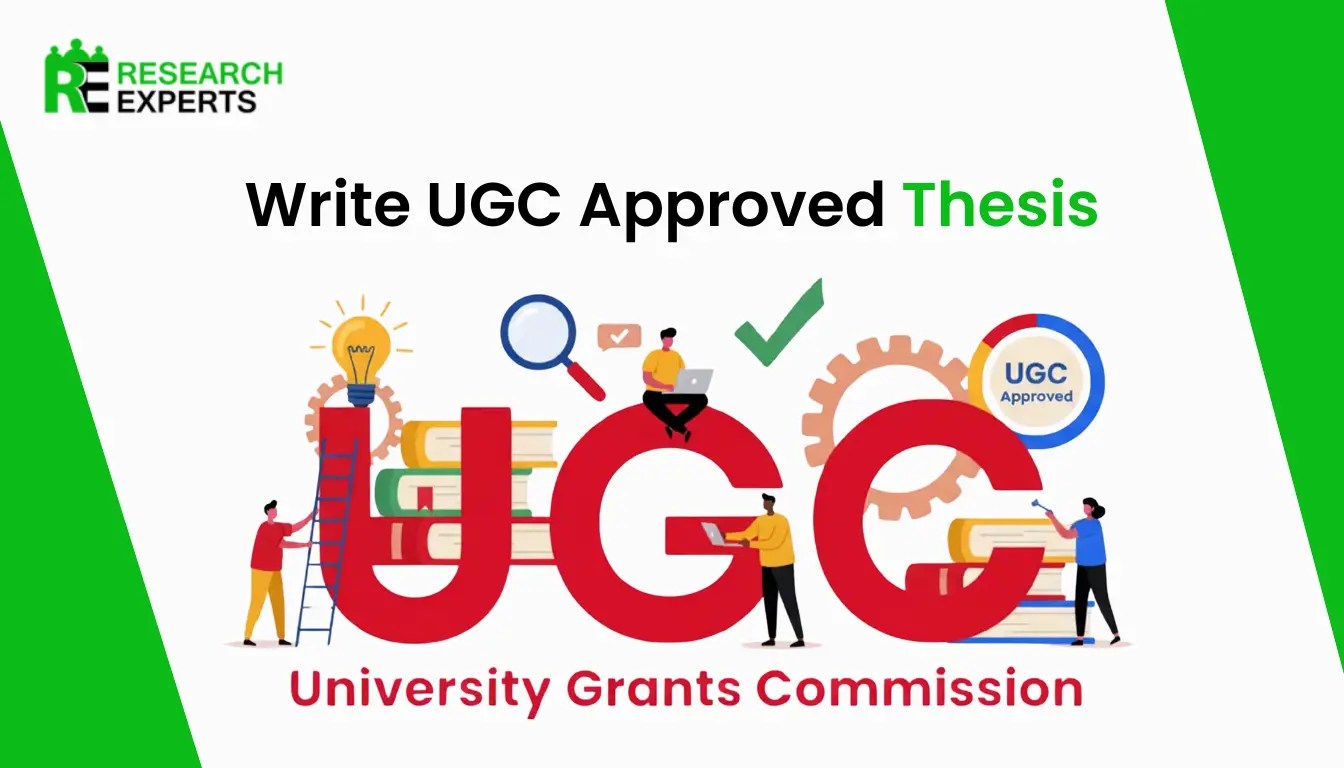
UGC Plagiarism Regulations 2018 – Latest Updates in 2025
Why UGC Plagiarism Rules Matter
The University Grants Commission (UGC) introduced the Promotion of Academic Integrity and Prevention of Plagiarism in Higher Educational Institutions (2018) regulations to promote original research, prevent misconduct, and set penalties for plagiarism in PhD, M.Phil., and Master’s research.
As of 2025, these 2018 regulations remain the official UGC plagiarism policy. However, with the rise of AI writing tools and new AICTE guidelines, institutions are rethinking how plagiarism should be handled in the modern academic landscape.
Key Features of UGC Plagiarism Regulations (2018)
Institutional Responsibilities
- Every HEI must adopt a plagiarism policy and publish it on their website.
- Students must sign an undertaking that their thesis/dissertation is original and checked with UGC-approved software.
- Supervisors must certify that the work under their guidance is plagiarism-free.
- HEIs must submit theses to ShodhGanga (INFLIBNET repository) within a month of approval.
- An institutional repository must be maintained for dissertations, papers, and publications.
Exclusions from Plagiarism Check
The following are not counted as plagiarism:
- Properly quoted work with attribution
- References, bibliography, acknowledgments, preface, table of contents
- Generic terms, symbols, equations, and laws
Plagiarism Levels & Penalties
| Level | Similarity (%) | Penalty |
| Level 0 | Up to 10% | No penalty |
| Level 1 | >10% – 40% | Withdrawal of manuscript |
| Level 2 | >40% – 60% | Manuscript withdrawal, denial of 1 increment, 2-year ban from supervising new students |
| Level 3 | >60% | Manuscript withdrawal, denial of 2 increments, 3-year ban from supervising new students |
UGC Plagiarism Guidelines: Updates & Challenges in 2025
Even though UGC hasn’t officially revised the 2018 regulations, major developments have shaped plagiarism control in recent years:
- Software Limitations
-
- Tools like Turnitin, Drillbit, ShodhShuddhi (a platform using Drillbit) sometimes fail to exclude quotations, references, or formulas, leading to false similarity reports.
- Institutions are demanding more accurate and AI-aware plagiarism detectors.
- AI-Generated Content
-
- The growth of ChatGPT, Gemini, and Bard has raised concerns about AI-written theses and assignments.
- Currently, UGC regulations don’t cover AI content explicitly, but many institutions are treating unacknowledged AI use as plagiarism.
- Institutional Flexibility
-
- HEIs are free to adopt stricter in-house rules on plagiarism than those set by UGC.
- Several universities in 2024–25 updated their policies to include AI plagiarism checks alongside standard similarity tools.
AI and Plagiarism: AICTE vs. UGC Guidelines
AICTE’s New AI Plagiarism Policy
- The All India Council for Technical Education (AICTE) has updated its plagiarism rules to include AI-generated text.
- Any use of AI content without acknowledgment will now be treated as plagiarism under AICTE institutions.
- AICTE has mandated training, awareness, and the use of AI-detectors alongside plagiarism software.
UGC’s Current Position
- UGC’s plagiarism regulations (2018) are still in force.
- There is no official clause on AI plagiarism yet, though discussions are ongoing.
- Many UGC-affiliated universities have started self-regulating AI use in research.
What This Means for Researchers
- PhD and Master’s students under UGC must follow the 2018 similarity levels and penalties.
- However, considering AICTE’s move, it is wise to treat AI-generated text as plagiarism unless cited.
- UGC may soon adopt a similar framework, making proactive compliance important.
Best Practices to Avoid Plagiarism (UGC + AI Context)
- Always cite sources properly and use quotation marks for direct text.
- Use plagiarism tools early in the drafting stage.
- Keep detailed notes of all references.
- If using AI tools, declare and acknowledge their use transparently.
- Participate in plagiarism awareness workshops conducted by HEIs.
FAQs on UGC Plagiarism Guidelines 2025
Q1. Has UGC released new plagiarism guidelines in 2025?
No, the 2018 regulations are still in force. Institutions are waiting for updates, especially regarding AI plagiarism.
Q2. Are AI tools like ChatGPT allowed in thesis writing?
UGC hasn’t given official guidance, but AICTE has banned unacknowledged AI use. Universities under UGC are treating AI text as plagiarism if not cited.
Q3. What is the safe plagiarism percentage under UGC?
Up to 10% similarity is acceptable (Level 0). Anything above this may invite penalties.
Q4. Which plagiarism software is approved by UGC?
UGC recommends Drillbit/ShodhShuddhi and other tools approved by institutions.
Q5. Do UGC rules apply to undergraduate students?
The official 2018 rules apply primarily to PG, M.Phil., and PhD research, but many colleges extend the same policy to UG assignments.
Conclusion
The UGC plagiarism regulations (2018) continue to guide research integrity in Indian universities, but the academic world in 2025 faces new challenges with AI-generated content. While UGC has not yet updated its rules, AICTE has already taken the first step, signaling future reforms.
Researchers, students, and supervisors must stay informed, adopt best practices, and prepare for stricter AI plagiarism checks in coming years.













Comments are closed.